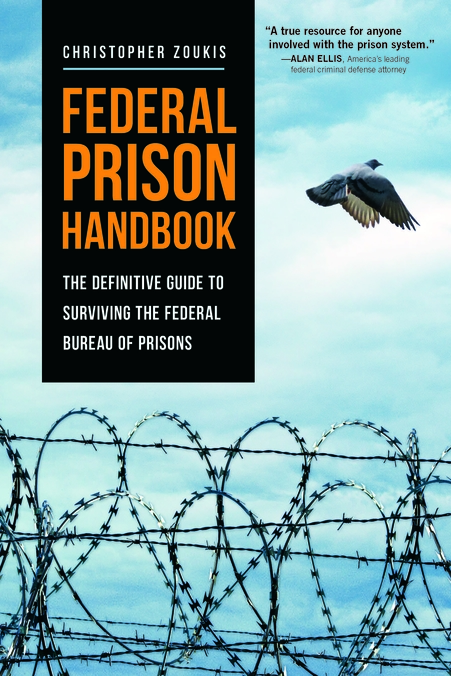Witness Misidentification: Ohio Man’s 14 Convictions Vacated
by Mark Wilson
An Ohio man who was convicted of a violent home invasion robbery on the basis of faulty eyewitness identifications was exonerated just minutes before being sentenced to a lengthy prison term.
On February 5, 2017, a man armed with a handgun confronted a 32-year-old woman in the driveway of her Cleveland, Ohio home. The assailant and another man demanded money and forced the woman, her 28-year-old boyfriend, and her 9-year-old daughter into the basement. The men pistol-whipped the woman and tied up the three victims before fleeing with the victims’ wide-screen television, three iPhones, iPad, jewelry, and car keys.
The woman told her landlord about the attack and described the man who confronted her in the driveway as missing a tooth. The landlord believed the woman was describing 28-year-old Deontae Wilson, who lived in the neighborhood. The landlord showed the woman a picture of Wilson from his Facebook page. Both the woman and her boyfriend positively identified Wilson as one of the assailants and notified police.
Wilson was arrested and charged with numerous counts, including armed robbery, burglary, assault, aggravated menacing, and illegal use of a weapon. The case proceeded to a three-day bench trial before Common Pleas Judge Nancy Fuerst.
Prosecutors had no physical evidence linking Wilson to the robbery. The only so-called evidence linking Wilson to the crime was the eyewitness testimony of the woman and her boyfriend, who both testified that Wilson was the man who assaulted them. On June 21, 2017, Judge Fuerst found Wilson guilty of 14 counts of burglary, armed robbery, assault, aggravated menacing, and illegal use of a weapon.
While awaiting sentencing, Wilson told his attorney, R. Emmett Moran, that another man in jail who was missing a tooth confessed to committing the crime. At Wilson’s July 18, 2017 sentencing hearing, Moran alerted the prosecution and the judge to other prisoner’s confession. He also submitted a written statement from the other prisoner.
Judge Fuerst continued the sentencing hearing to allow prosecutors to investigate the claim. Wilson then passed a polygraph test, and chief investigator Michael O’Malley interviewed several people, including the victims.
After a three-week investigation, prosecutors admitted that the case against Wilson “lacked sufficient evidence.” The State then moved to vacate Wilson’s convictions, concluding that he “cannot be guilty of this matter beyond a reasonable doubt.” Judge Fuerst granted the motion, prosecutors dismissed the charges, and Wilson was released on August 17, 2017.
“Eyewitness misidentification is the greatest contributing factor to wrongful convictions proven by DNA testing, playing a role in more than 70% of convictions overturned through DNA testing nationwide,” according to The Innocence Project.
The troubling issue of witness misidentification is not a new problem; we’ve recognized it for at least a century. Hugo Munsterberg published On the Witness Stand in 1907, questioning the reliability of eyewitness identification. Yale Law professor Edwin Borchard published his pioneering text Convicting the Innocent in 1932. Professor Borchard studied 65 wrongful convictions and found that eyewitness misidentification was the leading factor contributing to wrongful convictions.
Despite abundant evidence and data showing just how often eyewitness identification is wrong, prosecutors continue to prosecute defendants when the only evidence against them is eyewitness identification. Unfortunately, defendants are frequently convicted in such cases because there is a fundamental disconnect between the average juror’s perception and reality. While the data show eyewitness identification is unreliable, jurors tend to place unwarranted faith in eyewitness identification. As long as prosecutors insist on prosecuting cases where the only evidence is eyewitness identification, innocent people will be wrongfully convicted.
Sources: www.injusticetoday.com, www.innocenceproject.org, www.law.umich.edu, www.cleveland.com
As a digital subscriber to Criminal Legal News, you can access full text and downloads for this and other premium content.
Already a subscriber? Login





